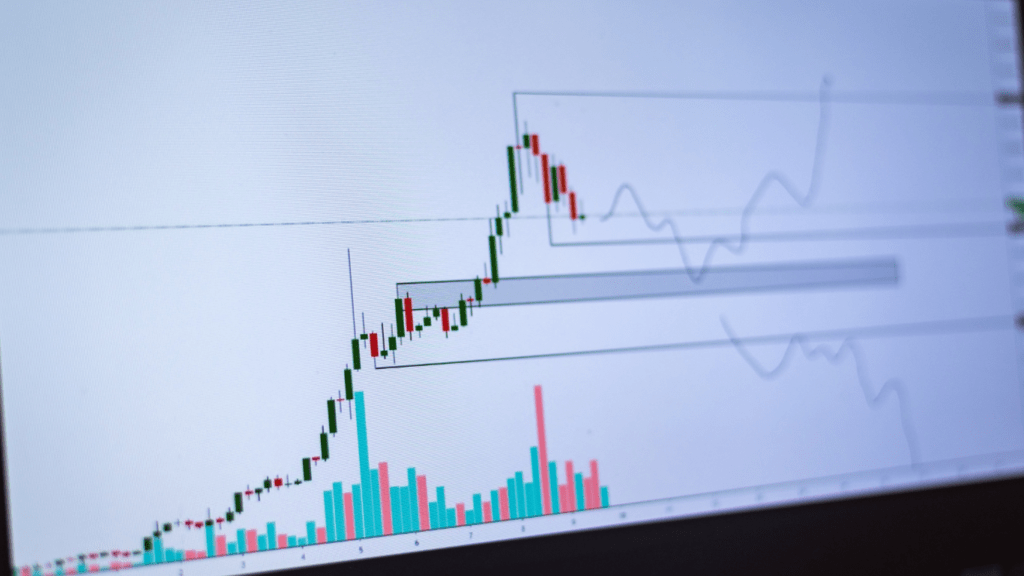Understanding Inflation and Its Impact
Inflation represents the rate at which the general level of prices for goods and services rises. It’s influenced by various factors like supply chain disruptions and increased demand. When inflation rises, purchasing power falls if income doesn’t increase correspondingly. Higher costs mean people can buy less with the same amount of money. This situation impacts not only daily expenses, but savings as well.
Financial markets also react to inflationary trends, affecting borrowing costs and interest rates. As prices climb, central banks might increase interest rates to control inflation. This affects loan accessibility and could lead to higher mortgage or credit costs. A keen awareness of inflation trends helps consumers make informed financial decisions.
Current Inflation Trends
Inflation rates have reached unprecedented levels, impacting economies worldwide. Consumers face increasing challenges as prices for essential goods soar.
Causes of Record High Inflation Rates
Several key factors contribute to the record high inflation rates. First, supply chain disruptions have created shortages, driving up costs across various sectors. A spike in demand following global lockdowns has further compounded the issue, as businesses struggle to meet consumer needs. Additionally, energy prices have surged, partly due to geopolitical tensions. The result is increased production costs, which companies often pass on to consumers.
Comparisons with Historical Data
Analyzing historical data offers valuable insight into the current inflation landscape. In the late 1970s, similar inflationary pressures arose, driven by oil embargoes and monetary policy decisions. Today, inflation has exceeded those levels, with the Consumer Price Index (CPI) recording its highest rise in decades. Comparing these periods shows that while the causes vary, the impact on purchasing power and financial markets mirrors past experiences.
Effects on Consumer Spending

Inflation impacts consumer spending patterns in pivotal ways. It erodes purchasing power and alters buying habits.
Changes in Purchasing Power
Purchasing power decreases during high inflation. Consumers face higher prices for essentials like:
- groceries
- gas
- housing
When product prices rise, but incomes remain stagnant, households must adjust their budgets. Many scale back on non-essential purchases such as dining out and entertainment to cope with increased living costs. As inflation persists, such constraints become more pronounced, reshaping monthly financial planning.
Shifts in Consumer Behavior
- High inflation also shifts consumer behavior.
- Some prioritize spending on necessary goods while seeking discounts and deals.
- Discount stores and generic brand items gain popularity as shoppers look for ways to stretch their dollars.
- Habits like shopping in bulk or using coupons become more common.
- Some individuals delay major purchases, such as cars or appliances, waiting for price stabilization.
- These behavioral shifts highlight consumer adaptability during economic strain.
Implications for the Economy
Navigating the surge in inflation involves understanding its broader economic effects. Key areas affected include business operations and government policy adjustments.
Impact on Businesses
Inflation affects businesses by increasing raw material costs and operational expenses. Companies often face pressure to raise prices, which risks losing customers sensitive to cost changes. For manufacturers, higher production costs squeeze profit margins unless they can pass costs onto consumers. Retailers might shift towards cost-effective suppliers or streamline operations to maintain competitiveness. Small businesses, in particular, struggle with cash flow as they balance price hikes with retaining customer loyalty.
Government Policy Responses
Governments frequently intervene to curb inflation through monetary policies. Central banks may increase interest rates to cool consumer spending and investment, thereby reducing demand-driven inflationary pressure. Fiscal policies, such as subsidies for essential goods, aim to alleviate the immediate impact on low-income households. However, policy shifts can slow economic growth if implemented too aggressively, affecting employment rates and consumer confidence. Balancing inflation control with economic stability remains a critical challenge for policymakers.


 Juan Saxtonetic’s contributions to Funds Fortune Roll are rooted in his deep understanding of risk management and investment diversification. His innovative approach to analyzing risk and reward scenarios has guided the development of strategies that prioritize balanced decision-making. Juan’s work ensures that users have access to reliable tactics for managing their portfolios effectively, making him an essential part of the platform’s growth.
Juan Saxtonetic’s contributions to Funds Fortune Roll are rooted in his deep understanding of risk management and investment diversification. His innovative approach to analyzing risk and reward scenarios has guided the development of strategies that prioritize balanced decision-making. Juan’s work ensures that users have access to reliable tactics for managing their portfolios effectively, making him an essential part of the platform’s growth.